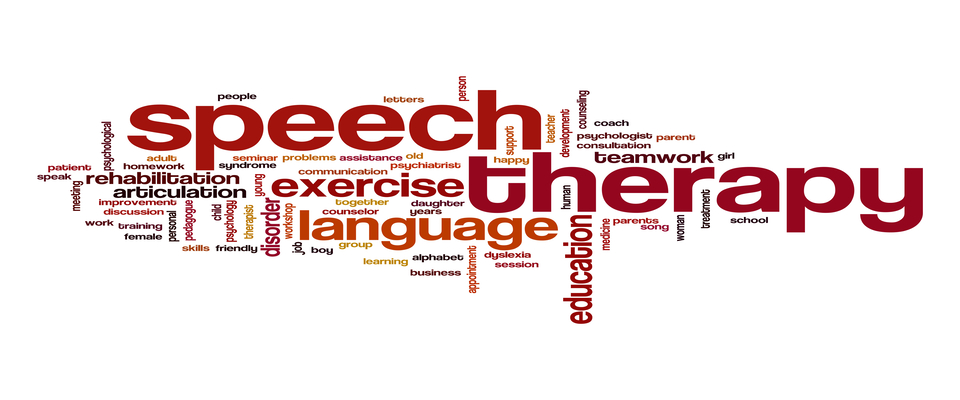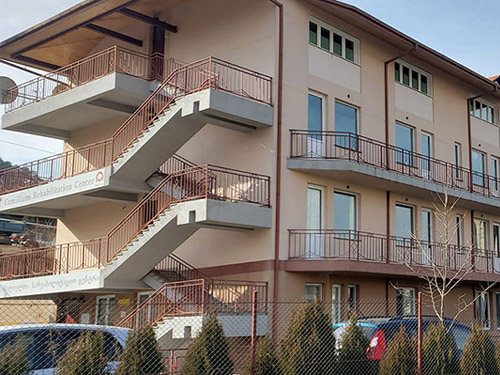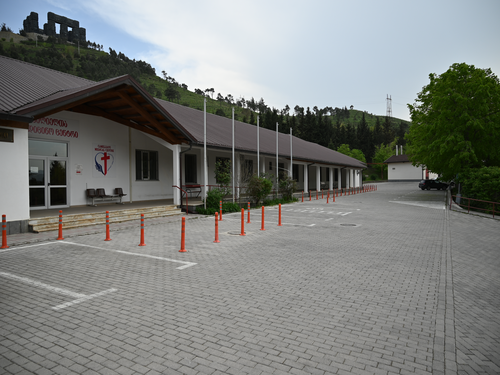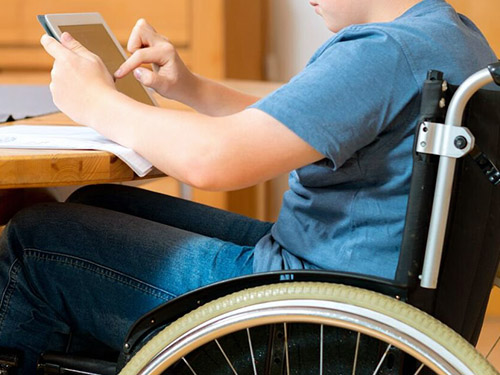
A speech disorder is a condition in which a person has problems creating or forming the speech sounds needed to communicate with others. This can make the child's speech difficult to understand.
Speech is one of the main ways in which we communicate with those around us. It develops naturally, along with other signs of normal growth and development. Disorders of speech and language are common in preschool age children.
Speech disorders are different from language disorders in children. Language disorders refer to someone having difficulty with:
- Getting their meaning or message across to others (expressive language)
- Understanding the message coming from others (receptive language)
Common speech disorders are:
- Disfluency
- Articulation disorders
- Phonological disorders
- Voice disorder
Disfluencies are disorders in which a person repeats a sound, word, or phrase. It may be caused by:
- Genetic abnormalities
- Emotional stress
- Any trauma to brain or infection
Stuttering is the most common type of disfluency. Symptoms of disfluency can include:
- Repetition of sounds, words, or parts of words or phrases after age 4 (I want...I want my doll. I...I see you.)
- Putting in (interjecting) extra sounds or words (We went to the...uh...store.)
- Making words longer (I am Boooobbby Jones.)
- Pausing during a sentence or words, often with the lips together
- Tension in the voice or sounds
- Frustration with attempts to communicate
- Head jerking while talking
- Eye blinking while talking
- Embarrassment with speech
Articulation and phonological disorders may occur in other family members. Other causes include:
- Problems or changes in the structure or shape of the muscles and bones used to make speech sounds.
- Damage to parts of the brain or the nerves (such as from cerebral palsy) that control how the muscles work together to create speech.
- Hearing loss.
ARTICULATION DISORDER
The child is not able to produce speech sounds clearly, such as saying "coo" instead of "school."
- Certain sounds (like "r", "l", or "s") may be consistently distorted or changed (such as making the 's' sound with a whistle).
- Errors may make it hard for people to understand the person (only family members may be able to understand a child).
PHONOLOGICAL DISORDER
The child does not use some or all of the speech sounds to form words as expected for their age.
- The last or first sound of words (most often consonants) may be left out or changed.
- The child may have no problem pronouncing the same sound in other words (a child may say "boo" for "book" and "pi" for "pig", but may have no problem saying "key" or "go").
VOICE DISORDERS
Other speech problems include:
- Hoarseness or raspiness to the voice
- Pitch of the voice may change suddenly
- Voice may be too loud or too soft
- Person may run out of air during a sentence
- Speech may sound odd because too much air is escaping through the hose (hypernasality) or too little air is coming out through the nose (hyponasality)
Treatment
Children may outgrow milder forms of speech disorders. The type of treatment will depend on the severity of the speech disorder and its cause.
If a child has a speech disorder, parents are encouraged to:
- Avoid expressing too much concern about the problem, which can actually make matters worse by making the child more self-conscious.
- Avoid stressful social situations whenever possible.
- Listen patiently to the child, make eye contact, don't interrupt, and show love and acceptance. Avoid finishing sentences for them.
- Set aside time for talking.
Contact to a Medical Professional if:
- Your child's speech is not developing according to normal milestones.
- Your child is showing signs of a speech disorder.
U.S. National Library of Medicine




